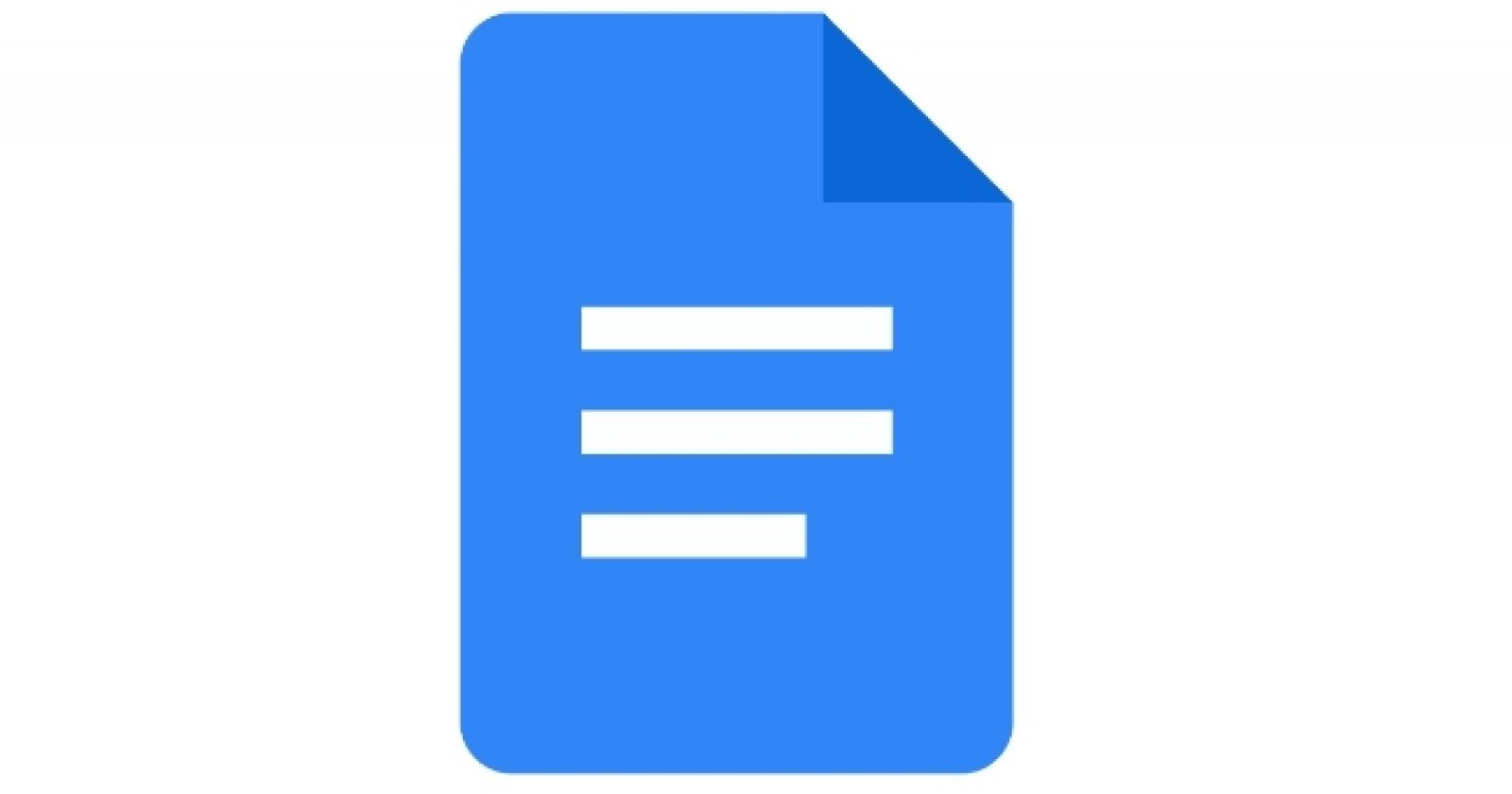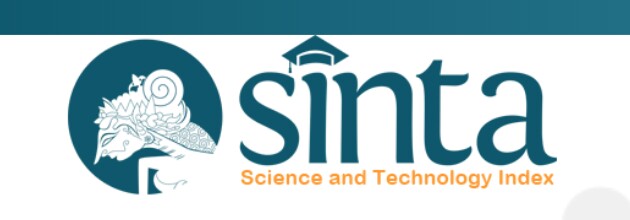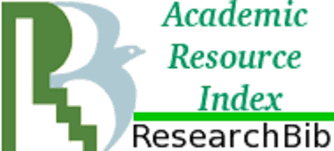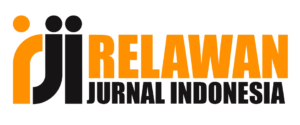PERBANDINGAN METODE SIRKUMSISI MODERN (KLAMP DAN LEM) TERHADAP PROSES PENYEMBUHAN LUKA PASCA SIRKUMSISI PADA ANAK
Abstract
Circumcision is a minor surgical procedure permormed as a modification of part the body by making an incision in the prepurtium of a part of the body by making incision in the prepurtium. The prepurtium that has not been circumcised has bacterial colonies which are risk factor for urinary tract infections. The insidence rate of urinary tract infections in Indonesia in infants who have not been circumcised under 1 year is 35% and children over 1 year are 22% of 200 children. The tecnology that eveloved in circumcision from the conventional methode of suture has shifted to the modern method of seamless circumcision. This study aims to compare the clamp and glue methods to the wound healing process after circumcision in chlidren. The research method was cohort with comparative statistical analysis of Pvalue 0.000<0.05 so there is a significant difference between the result of the klamp method ang glue in the healing process. Where the wound healing process in the glue method is much faster than the klamp method because it is more optimal in the hemostasis and inflammation phase because there are no foreign object namely the klamp.
Keywords: Modern circumcision, Klamp, Glue, Wound Healing.
Copyright (c) 2020 Jurnal Ilmiah Kesehatan Media Husada

This work is licensed under a Creative Commons Attribution 4.0 International License.
The authors who publish their articles in Jurnal Ilmiah Kesehatan Media Husada must approve the copyright statement as follows :
1. The authors agree to automatic transfer of the copyright to the publisher
2. All material contained in this site is protected by law.
3. If you find one or more articles contained in the journal that violate or potentially infringe your copyright, please contact us via email lppmkwidyagamahusada@ac.id
4. The formal legal aspect of access to any information and articles contained in this journal site refers to the terms of the licensed under a Creative Commons Attribution 4.0 International License. . This allows authors and others to share (copy and redistribute the material in any medium or fomat) and adapt (remix, transform, and build upon the material) for non-commercial purposes.
4. All Information contained in the journal is academic. The journal is not liable for any losses incurred by misuse of information from this site.







1.png)








